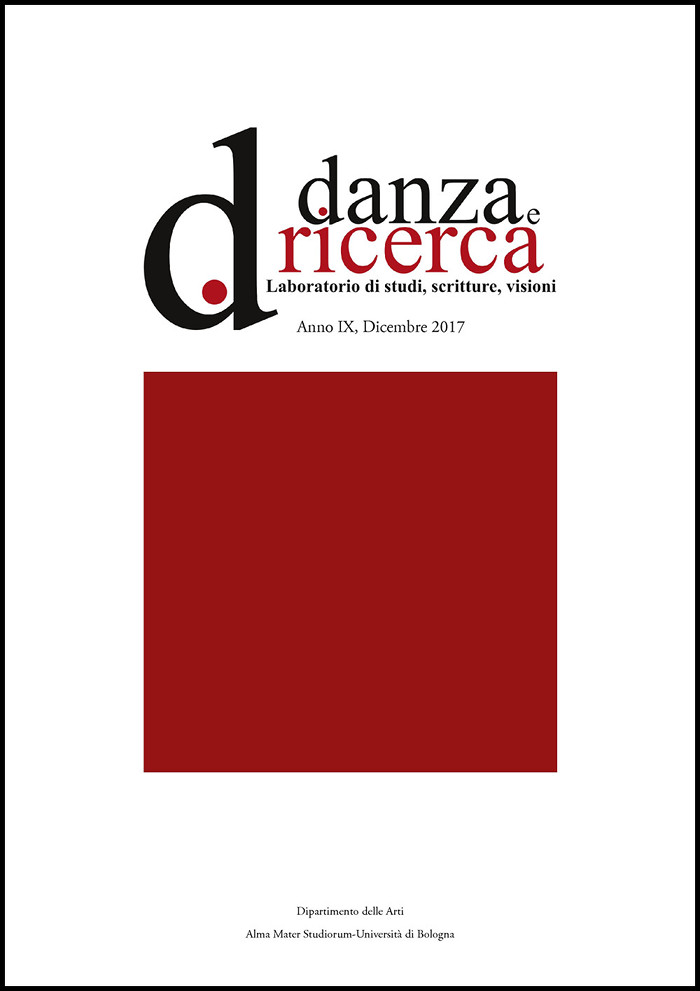Zorba’s Dance: evolution af a modern myth
DOI:
https://doi.org/10.6092/issn.2036-1599/7676Abstract
In Nikos Kazantzakis’ novel, translated in the world as Zorba the Greek, dance has a great importance, because it communicates what is impossible to explain with words. The transposition of the novel into a ballet by Lorca Massine, in 1987, on music by Mikis Theodorakis and on order of the Arena di Verona, simplified the novel’s complexity “rejuvenating” the ancient world described by Kazantzakis, focusing on the visual appearance of the folkloristic heritage of dancing. This contribution wants to analyse how dance becomes expressed revealing of collective identity, in the transposition from the novel into a ballet through the movie. The contrast Apollonian/Dionysian is entrusted to the style of the protagonists, who propose the heritage of the art of dancing of traditional Greece, imposing the syrtaki as “new tardition”, especially created for Cacoyannis’ movie in 1964: a “new myth”. In this work, I will try to analyse the use of dance, taking some aspects of choreography into consideration; my object and aim is to point out how dance becomes, through the film, a powerful expression of a new collective identity and how the feminine perspective emerges in new roles.
Downloads
Published
How to Cite
Issue
Section
License
Copyright (c) 2017 Maria Venuso
Copyrights and publishing rights of all the texts on this journal belong to the respective authors without restrictions.
This journal is licensed under a Creative Commons Attribution-NonCommercial 4.0 International License (full legal code).
See also our Open Access Policy.





